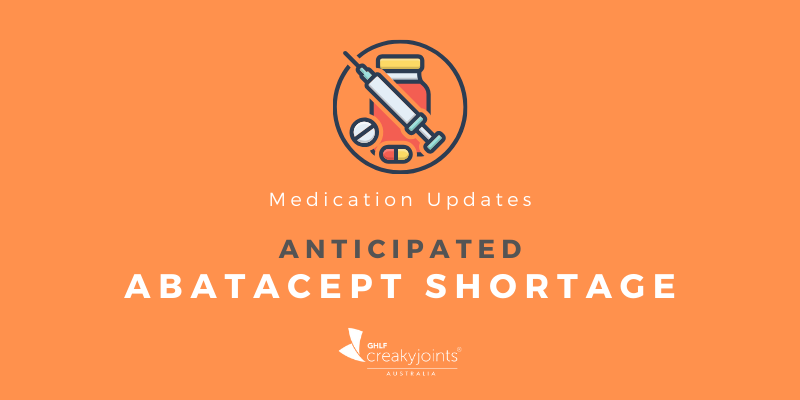Juvenile Idiopathic Arthritis Symptoms
A child with juvenile idiopathic arthritis might limp, especially after waking up in the morning or after a nap. Often some of the earliest signs of the disease are irritability, refusing to walk or protecting the affected joint. The child may walk with a limp or favor a specific joint. Younger children may not be able to perform motor activities that they recently learned.
Joint swelling is first noticed in larger joints like the knee. A child may also appear clumsier than usual due to stiffness. Since the disease can affect multiple joints and/or the entire body, children may also have swollen lymph nodes, rashes and fever. For some, the symptoms are sometimes felt for only a few months and for others, the rest of their lives.
The changes in symptoms can be unpredictable, where there are flare-ups and periods of time with no symptoms. It’s important for children with juvenile idiopathic arthritis to attend school, participate in school and family activities, and live life as normally as possible to help them deal with the physical and psychological burdens of pain. A positive outlook will help, as can interaction with other children who have arthritis.
Symptoms vary according to the type of juvenile idiopathic arthritis a child has.
Oligoarticular Juvenile Arthritis Symptoms
Children with oligoarticular juvenile arthritis most commonly have a single large joint (typically the knee) that is affected. Joint pain, stiffness and tenderness are worse in the morning. The primary complication of the disease is inflammation of the iris of the eye, called iritis, which if left untreated my cause glaucoma and vision loss.
Polyarticular Juvenile Idiopathic Arthritis Symptoms
Involvement of five or more joints in the first six months of disease is indicative of polyarticular juvenile idiopathic arthritis. Small joints (such as the hands and feet) tend to be involved. Children with polyarticular juvenile idiopathic arthritis may also develop a low-grade fever as well as bumps or nodules in areas of the body that receive pressure from sitting or leaning.
Systemic Juvenile Idiopathic Arthritis Symptoms
Systemic juvenile idiopathic arthritis is characterized by swelling, pain, and warmth in one or more joints along with daily spiking fevers, often greater than 102 degrees F, for at least two weeks. Additional symptoms may include a salmon-colored intermittent rash; enlarged lymph nodes, liver and spleen; and inflammation of the lungs or the pericardium (the “sack” surrounding the heart). While there is no specific blood test to detect the disease, children will typically have anemia (low red blood cell count) and an elevation of white blood cell and platelet counts, and changes in the general markers of inflammation.
Enthesitis-related Juvenile Idiopathic Arthritis Symptoms
The main symptom of enthesitis-related juvenile idiopathic arthritis is inflammation at the point where the tendon is inserted on the bone, typically in the lower back, sacroiliac joints, and joints of the legs, ankles, and feet. Children with a particular genetic marker (HLA-B27) may also develop iritis (inflammation of the iris of the eye), inflammatory bowel disease, psoriasis, and/or ankylosing spondylitis (inflammation of the pelvic joints).





